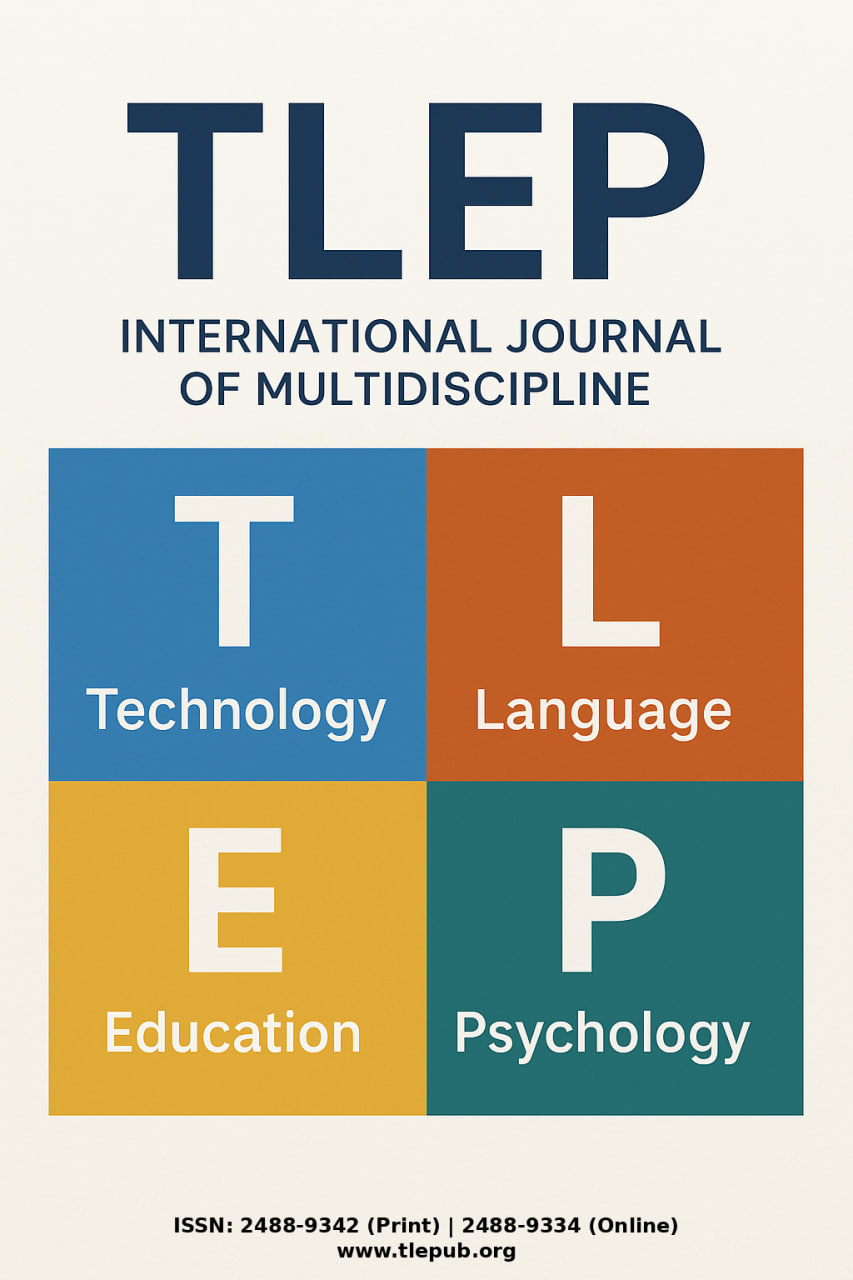Theoretical Foundations Of Collocations And Lexical Units In English Literary Texts
Keywords:
collocation, lexical unit, English literature, semantics, phraseology, linguopoetics, stylistics.Abstract
The present article explores the theoretical foundations of collocations and lexical units in English literary texts. Collocations, understood as the habitual and recurrent co-occurrence of words, contribute to the semantic cohesion and stylistic distinctiveness of the text. Lexical units—particularly idiomatic expressions, metaphors, and phraseological constructions—play a crucial role in shaping the artistic and aesthetic qualities of literary discourse. The study further examines theoretical approaches to these phenomena (Firth, Halliday, Sinclair, and others) and analyzes their functional role in literary texts.
References
Firth, J.R. (1957). Papers in Linguistics 1934–1951. Oxford University Press.
Sinclair, J. (1991). Corpus, Concordance, Collocation. Oxford University Press.
Halliday, M.A.K. (1985). An Introduction to Functional Grammar. London: EdwardArnold.
Cowie, A.P. (1998). Phraseology: Theory, Analysis and Applications. Oxford University Press.
Carter, R., & McCarthy, M. (1988). Vocabulary and Language Teaching. Longman.
Leech, G. (1969). A Linguistic Guide to English Poetry. London: Longman.
Moon, R. (1998). Fixed Expressions and Idioms in English: A Corpus-Based Approach. Oxford: Clarendon Press.
Downloads
Additional Files
Published
Issue
Section
License
Copyright (c) 2025 Both journal and authors

This work is licensed under a Creative Commons Attribution 4.0 International License.





